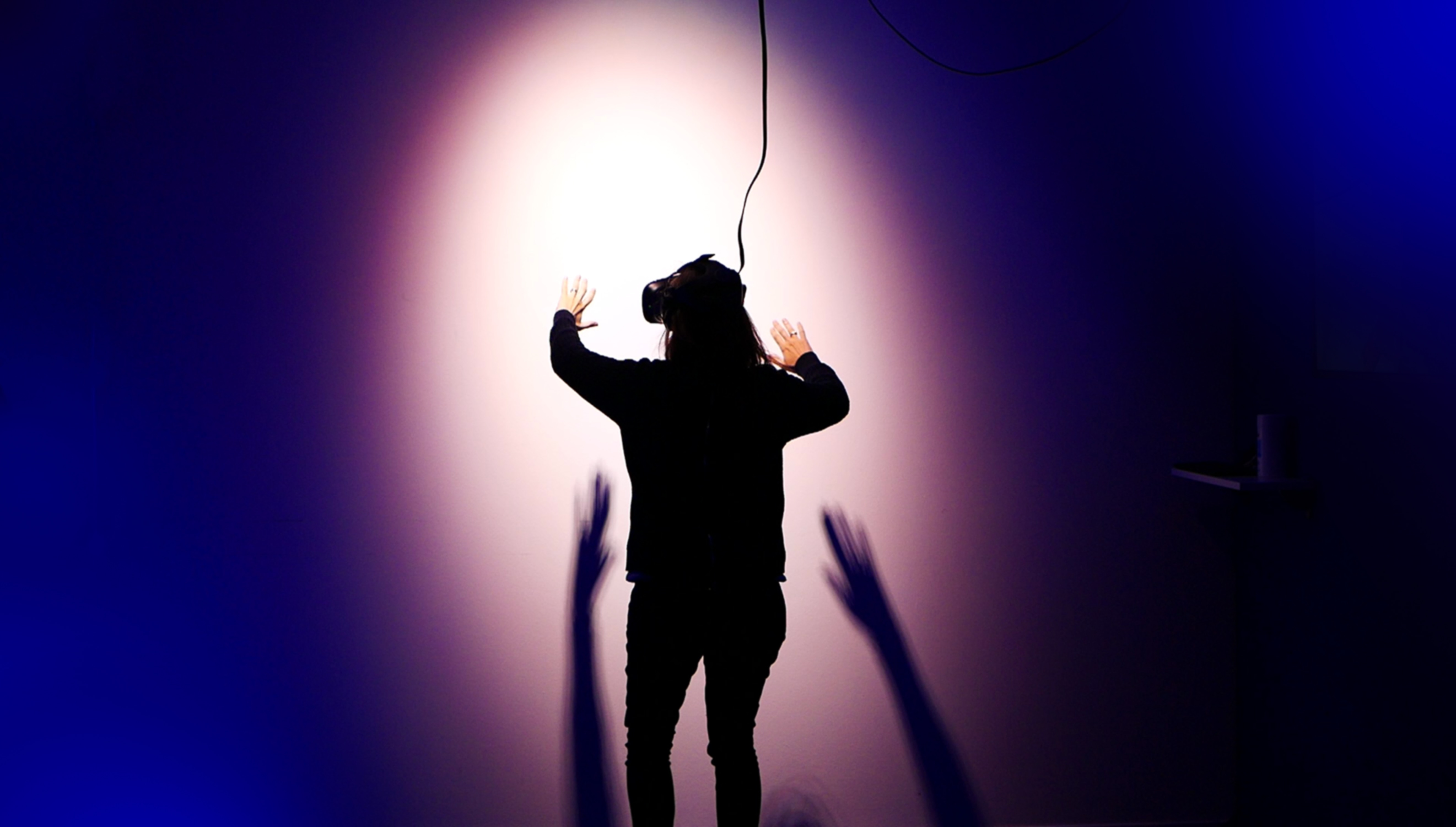What is Cybersickness? The Common Virtual Reality Side Effect Explained
Cybersickness affects more than half of those who use virtual reality experience to some degree. Here’s what educators need to know about cybersickness and how to prevent it.

Cybersickness can be caused by the use of virtual reality (VR) headsets or related technologies, and includes symptoms such as nausea, dizziness, sweating, and eyestrain.
Jonathan Kelly, a professor of psychology and human-computer interaction at Iowa State University, began studying cybersickness after research on another topic using VR was hampered by the number of people complaining of cybersickness symptoms.
Kelly and his research colleagues have found that half of new virtual reality users experience cybersickness after 10 minutes of playing a VR game, and after 20 minutes that number rises to 75% of participants. The incidence of cybersickness is even higher in women, who were twice as likely as men to end the sessions early due to cybersickness and reported more severe symptoms.
The frequency in which these symptoms occur in VR users has important implications for the development of the Metaverse and could impact the rollout of Apple Vision Pro, Apple’s recently announced augmented reality headset. (Cybersickness from augmented reality, or AR, can occur but early research indicates it is far less common than cybersickness caused by VR use.)
“We realized that this is a problem that will limit the uptake of virtual reality unless we solve it,” Kelly says. He and his colleagues continue to study the causes of cybersickness and how it can be prevented in order to make VR more accessible to all.
What is Cybersickness?
Cybersickness is a feeling of unwellness that is believed to occur due to the sensory conflict that occurs when a person using a virtual reality headset sees movement in the simulated landscape but their body doesn’t feel that movement.
“It's that sensory conflict that's thought to be largely responsible for especially the motion sickness kinds of symptoms you get in cybersickness,” Kelly says.
Tech & Learning Newsletter
Tools and ideas to transform education. Sign up below.
Similar to what happens to those who experience motion sickness while trying to read as a passenger in a car, Kelly says, “You're looking down, you don't really see the physical world, but your body feels those turns, and so it creates that sensory conflict that makes you sick.”
Sensory conflict also seemingly explains why cybersickness from AR use appears less common. “When you put on your VR headset all you see is the virtual world, so as you interact with it there is this great potential for conflict between your vision and your body,” Kelly says. “An AR headset, of course, you're overlaying virtual stimuli onto the real world. So now you have visible around you the real environment, and there's of course no conflict with the real environment visually and your body.”
Why Are Women More Prone to Cybersickness?
It is unclear why women are more likely to experience severe symptoms of cybersickness. One theory is that it is because VR headsets have largely been designed by and for men. Specifically, it’s been proposed that because women have less distance on average between their pupils than men, most headsets don’t properly fit them.
“That was a really nice theory and idea, but I don't believe that it's true,” Kelly says.
While previous research had suggested a connection, in a larger study Kelly and his colleagues found that the distance between people’s pupils was not a predictor of cybersickness.
”We don't know exactly why women get sicker than men. It seems like some of the reason has to do with the fact that women are simply more susceptible to motion sickness, and motion sickness susceptibility does predict cybersickness,” he says.
Kelly adds there is more going on then we currently understand and more research is needed to ensure VR is accessible to both men and women.
What Can Educators and Others Do To Limit Cybersickness?
The good news is that there are strategies for reducing the likelihood of cybersickness.
Some VR games have comfort settings designed to limit cybersickness. For instance, one setting will narrow the view when you move with your joystick in order to reduce the visual conflict a user experiences.
“The downside, of course, is it also reduces the visual experience,” Kelly says. “You've got this cool wide field of view display, and you start moving and all of a sudden you're looking through a straw and it just sort of diminishes the experience.” He adds this is also true of other comfort settings, including a teleportation feature, which cuts out joystick walking altogether.
“I'd like to see us develop tools that allow us to help people feel more comfortable but not negatively impact the visual environment,” Kelly says. To that end, his lab is studying the concept that those who play in VR for short periods ultimately grow accustomed to it through a process called “adaptation.” While it has not been conclusively proven yet, there is good early evidence suggesting its likelihood.
“We think there might be some opportunities to help people adapt to cybersickness, especially in ways that don't make them really sick initially, but just kind of gradually, gently expose them,” he says.
In the meantime, educators utilizing VR experiences in classrooms should be aware that cybersickness is likely to occur in some students and should regularly check on them.
In Kelly’s experiments, he and his colleagues ask how people are feeling on 10-point scale. “It's not very intrusive, [you can] do it every couple minutes,” he says. “In our experience, as soon as that value starts going up, and so let's say you're now ‘5,’ after 10 minutes of VR, it's better to stop there. It only gets worse.”
Ultimately, it's important to be cognizant of the length of a VR session. “The adaptation thing I was talking about, that's more about exposure, repeatedly, day after day, but in a single session it will just keep going up and so people can get miserably sick if they let themselves," he says. "So it's important to be monitoring and tell people to monitor themselves.”
Erik Ofgang is a Tech & Learning contributor. A journalist, author and educator, his work has appeared in The New York Times, the Washington Post, the Smithsonian, The Atlantic, and Associated Press. He currently teaches at Western Connecticut State University’s MFA program. While a staff writer at Connecticut Magazine he won a Society of Professional Journalism Award for his education reporting. He is interested in how humans learn and how technology can make that more effective.










